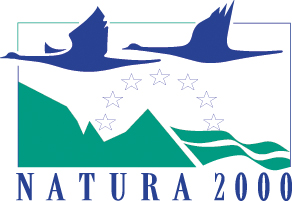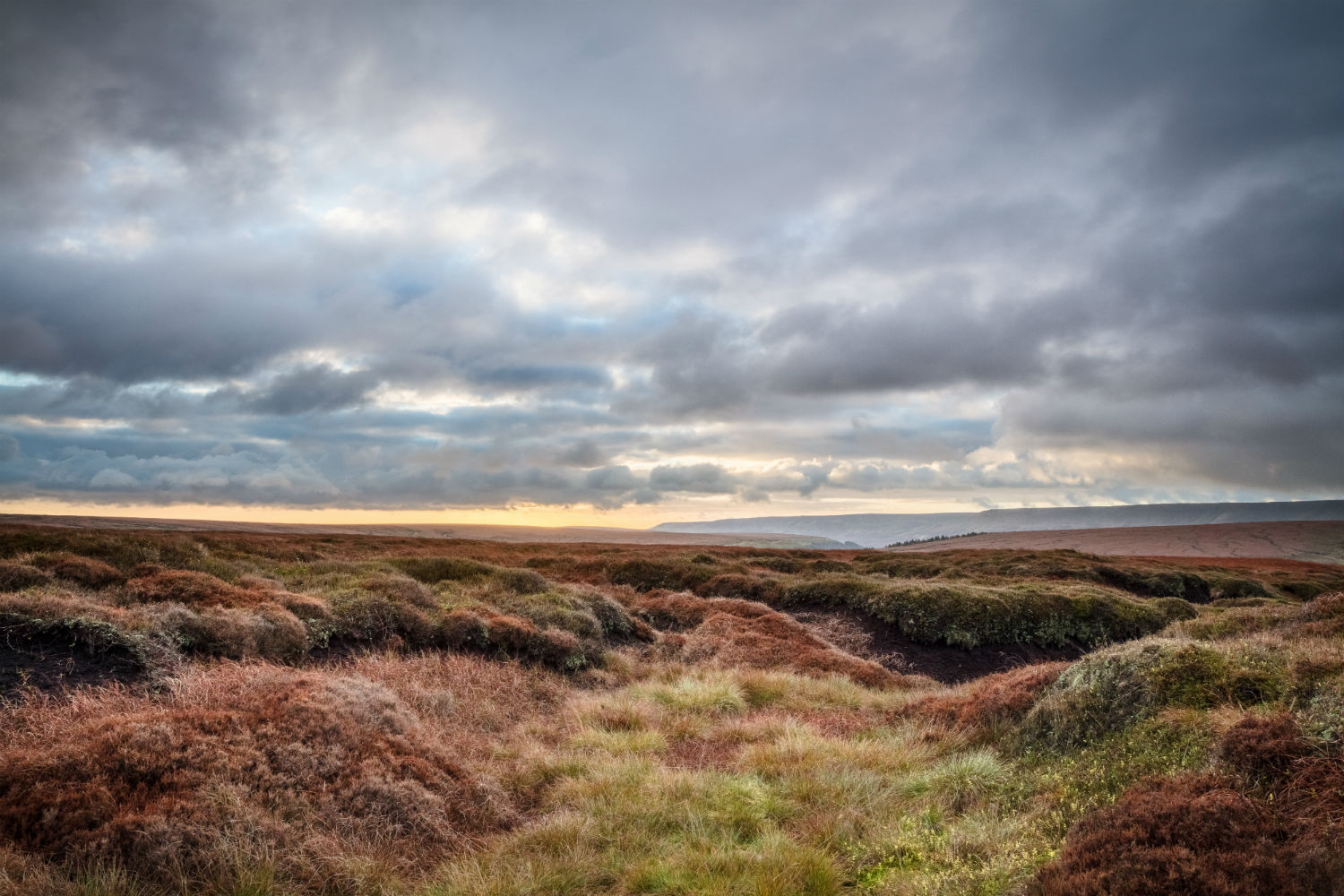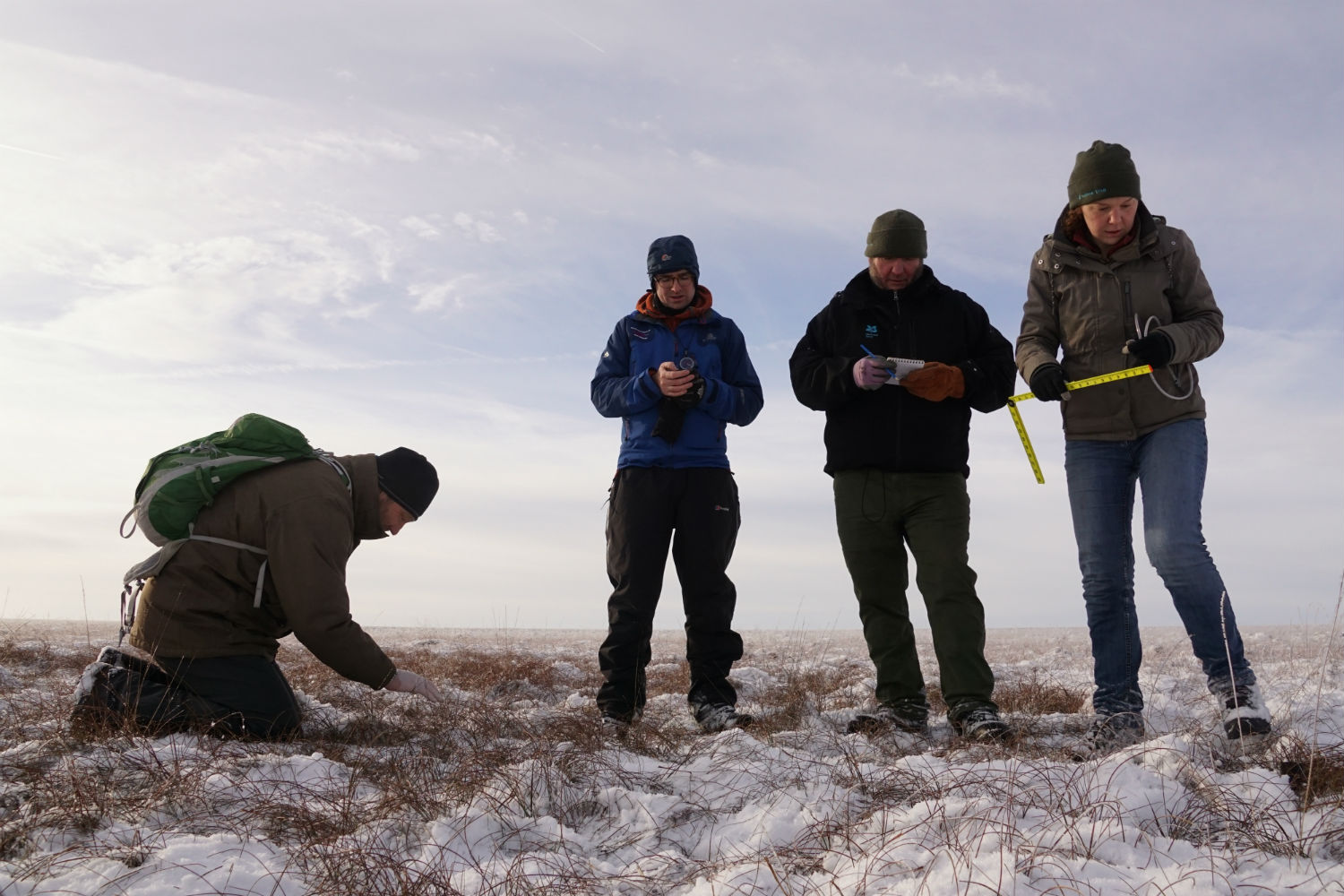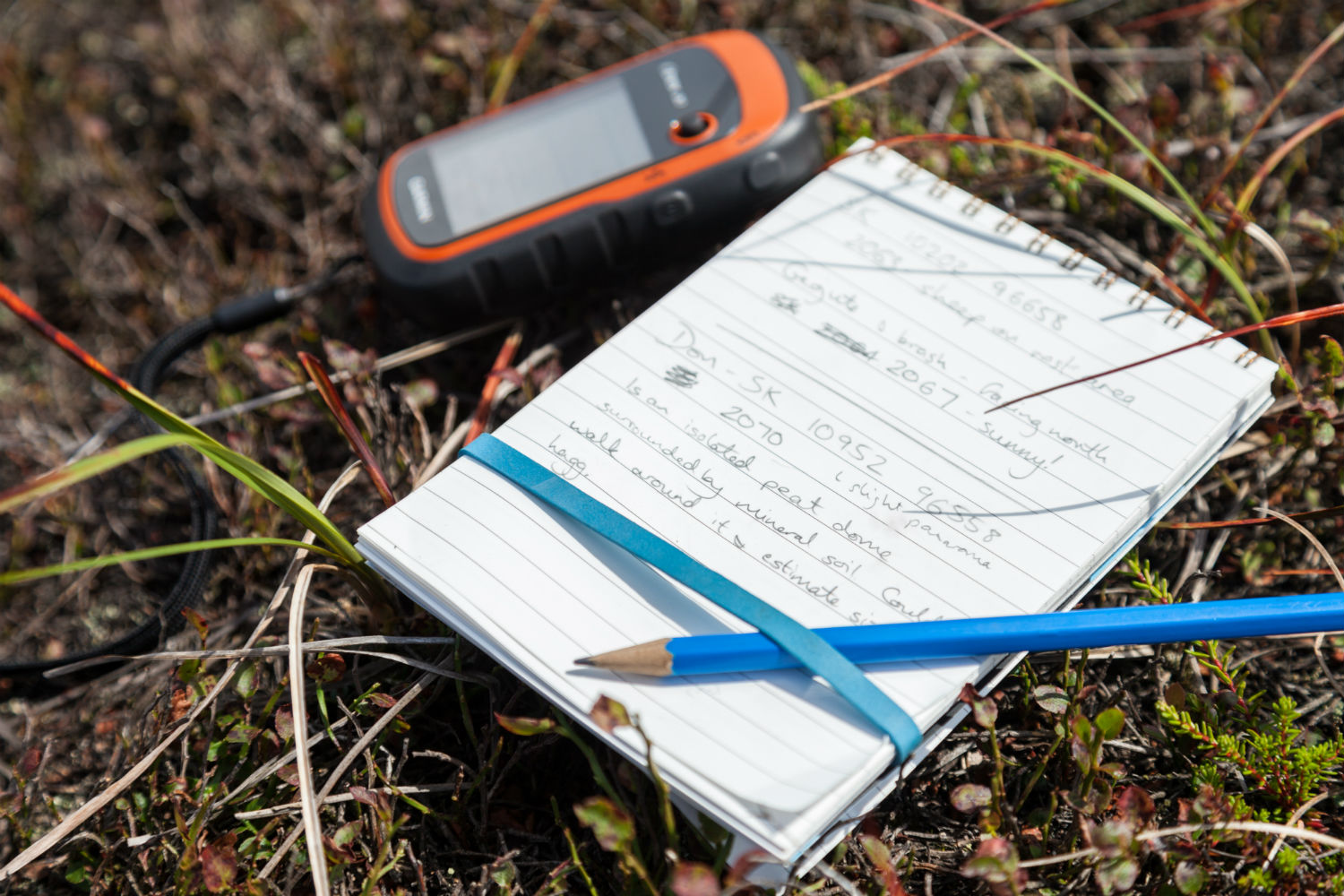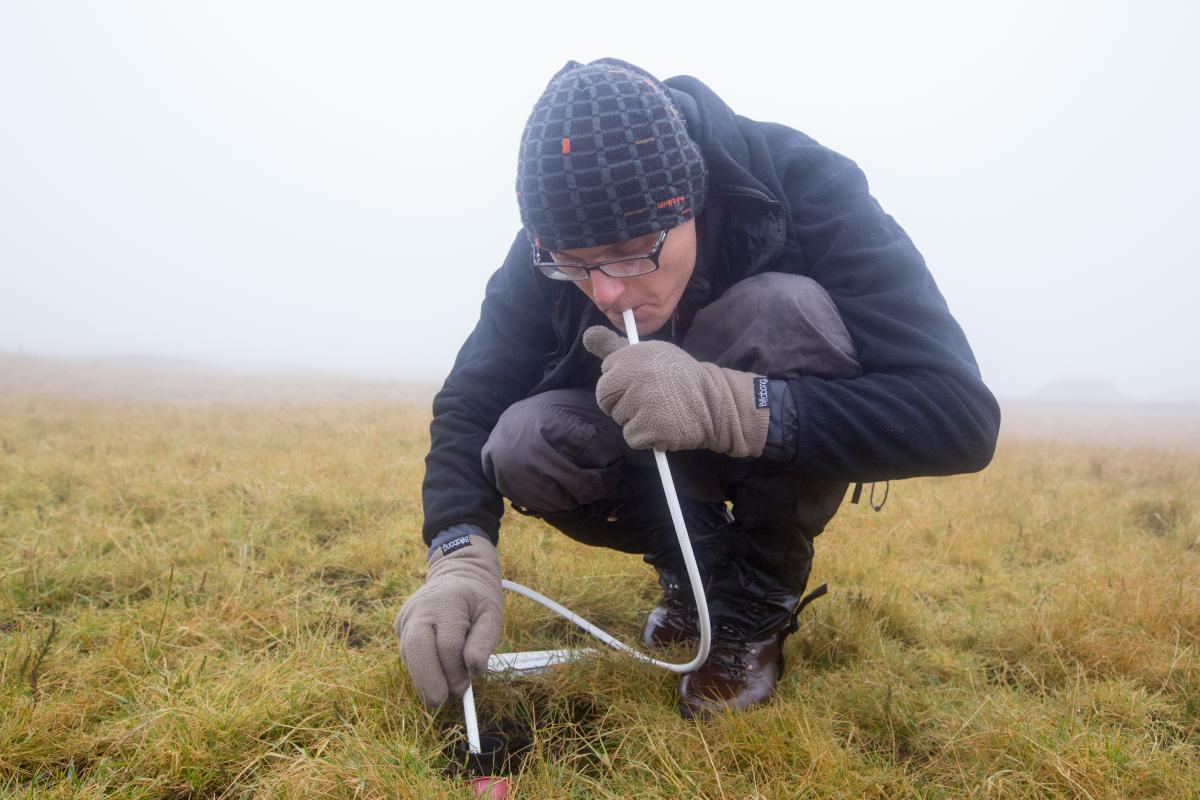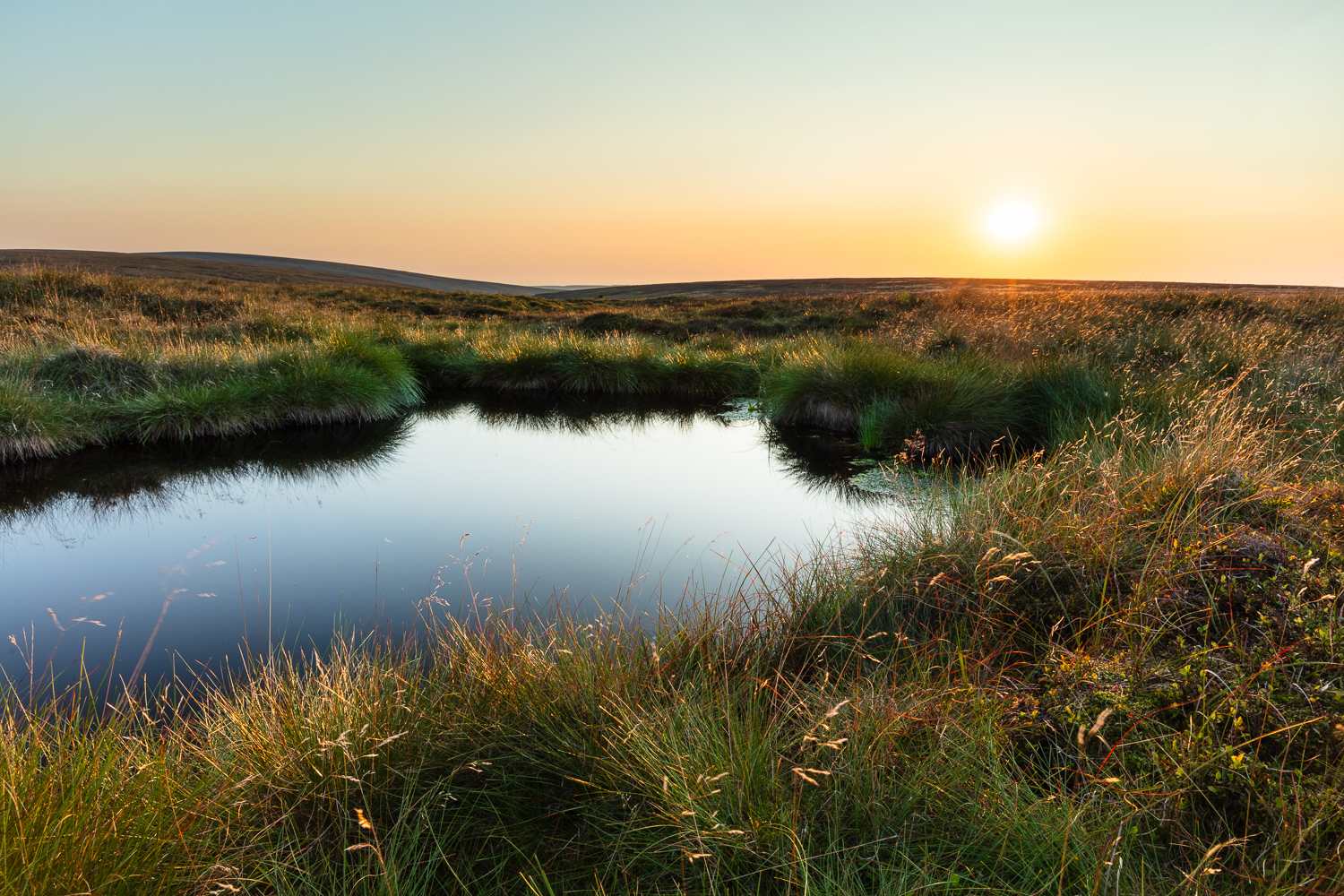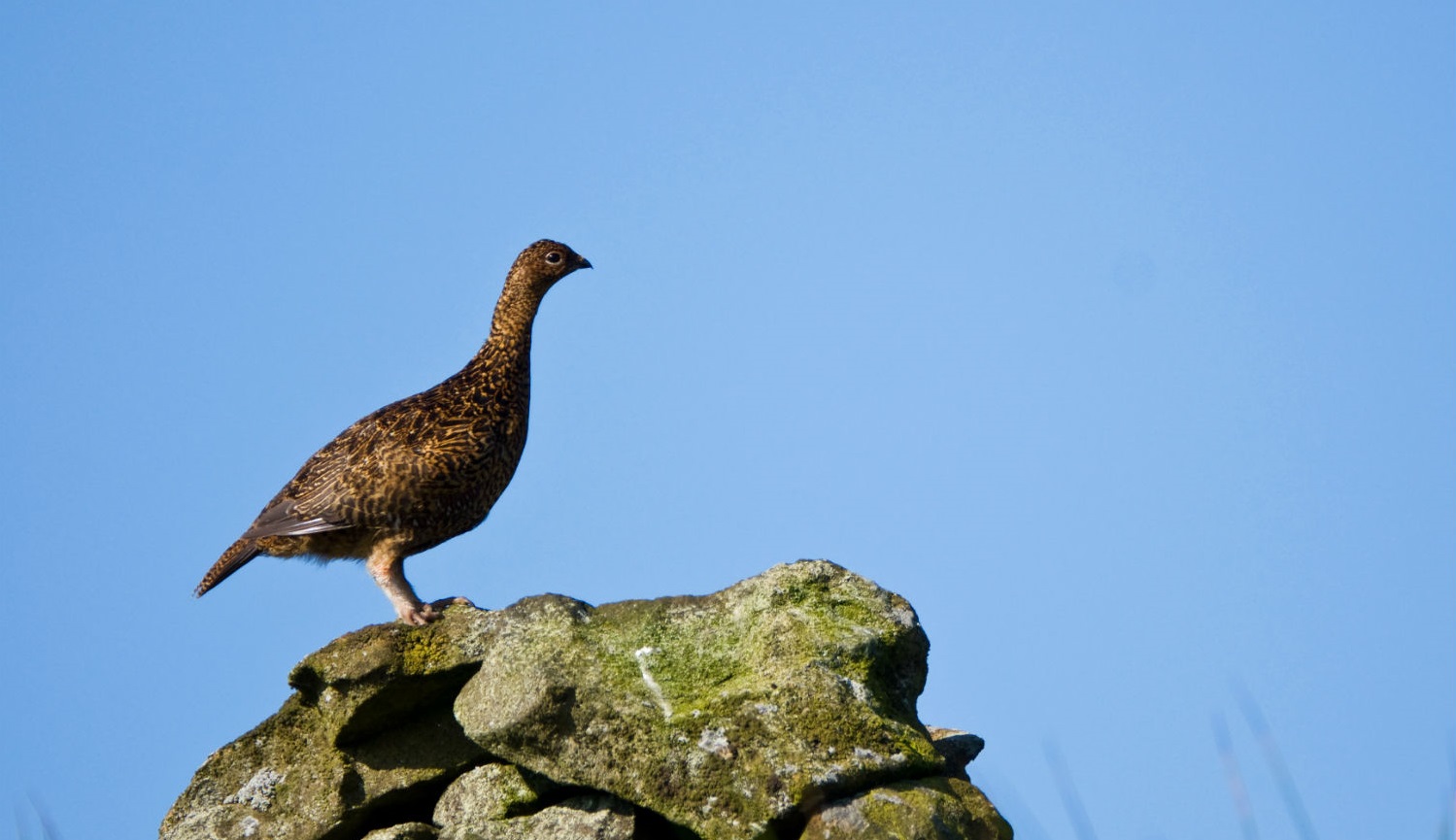Continuous improvement through research and monitoring
Research and monitoring are integral to the MoorLIFE 2020 Project. By experimenting with new conservation techniques and monitoring the impacts of conservation work, we can provide evidence of the benefits of blanket bog restoration.
Evidence led conservation
This helps us continue to be at the forefront of blanket bog conservation as we continue to refine our methods. Having good quality, reliable data allows us to evaluate our work in order to develop and demonstrate best practice for other conservation organisations, landowners and land managers.
As well as evidencing the immediate ecosystem services of blanket bog, such as water quality and carbon ‘sequestration’ (the accumulation of carbon stores, in the form of peat), we are also researching the socio-economic impacts of our conservation work on local businesses, land managers and visitors.
Our research and monitoring programme includes:
- producing a map of vegetation type covering project area
- monitoring changes to vegetation type and cover at a landscape scale using unmanned aerial vehicles (UAVs)
- creating experimental sites to investigate how targeted changes to vegetation types can impact flood prevention, water quality and biodiversity
- leading research into why and how peat pipes (underground tubes in peat) form and the problems they cause.
- identifying threats to blanket bog, predominantly wildfires
- researching the socio-economic impacts of blanket bog conservation
- auditing the carbon generated and mitigated by the project
You can have a closer look at some of the work we are undertaking as part of the MoorLIFE 2020 monitoring programme using the links below:
All the MoorLIFE 2020 reports and resources in one place
Read more about aspects of our research and monitoring
You may also be interested in...
Funded by

